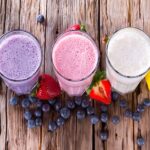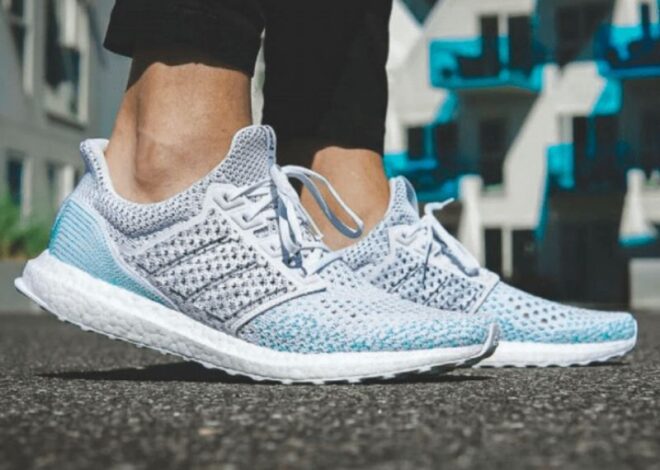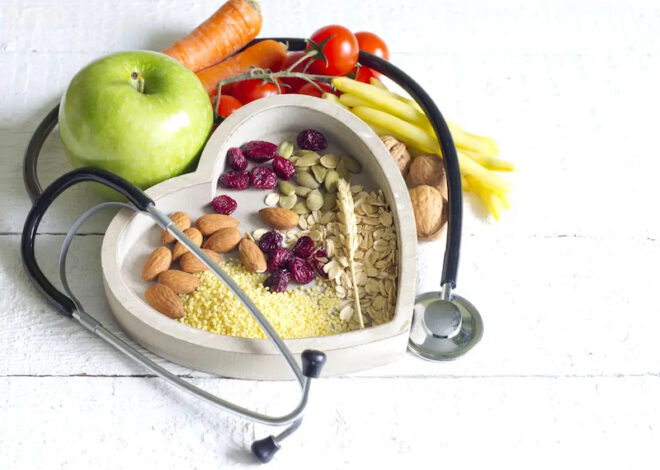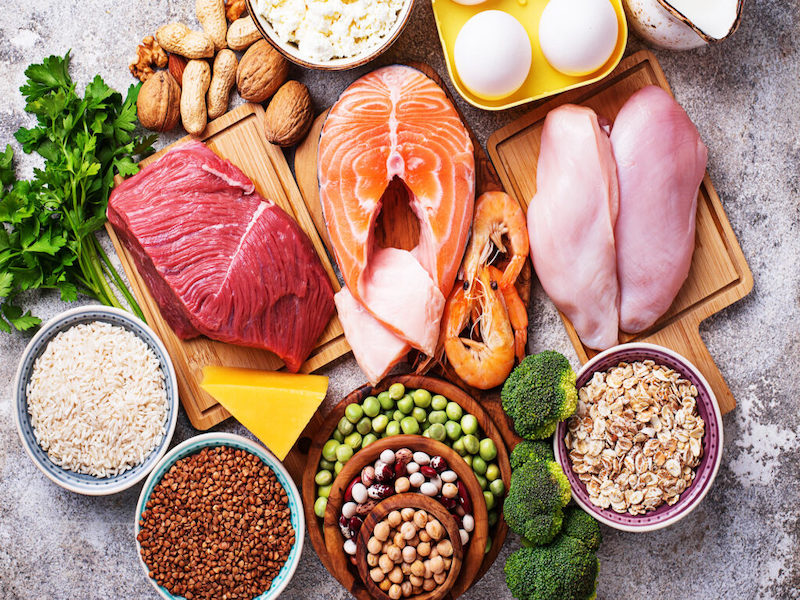
What is a high-protein diet? Benefits and suggestions for 15+ protein-rich foods
High-protein diet are becoming increasingly popular for people looking to gain muscle, lose weight, or improve overall health. Protein plays an important role in building and repairing body tissues, producing enzymes and hormones, and supporting the immune system. Let’s learn more about this diet with Evaworlds.
What is a high-protein diet?
A high-protein diet is a nutritional approach that focuses on increasing the consumption of protein-rich foods in the daily diet.
Protein is one of the three main components of nutrition, along with carbohydrates and fats. They play an important role in building and repairing muscle tissue, producing enzymes and hormones, and supporting many other important functions of the body.
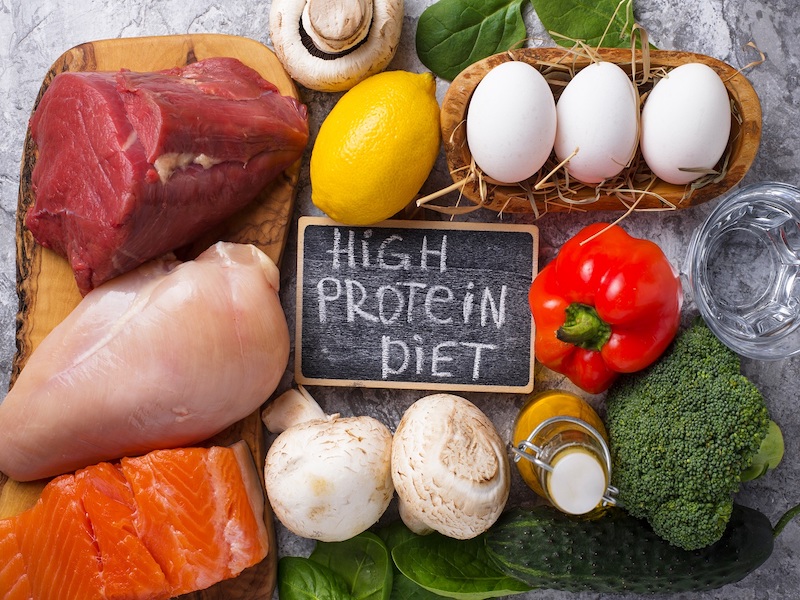
See more:
- Quick weight loss diet plan – Tips and notes for beginners
- Fodmap diet: Solution for irritable bowel syndrome (IBS)
- What is the TLC Diet? Detailed 7-day menu suggestions and some important notes
Benefits of adopting a high-protein diet
Helps build and maintain muscle
Protein is the main component of muscle, helping to build and maintain muscle. In particular, this nutrient is extremely important for people who participate in sports activities or strength training. Strong muscles not only help improve strength and endurance but also support metabolism.
Supports weight loss
A high-protein diet helps lose weight more effectively by increasing feelings of fullness and reducing cravings. Protein requires the body to consume a lot of energy to digest. Therefore, it helps increase daily calorie consumption.
Boost metabolism
Protein digestion requires the body to use more energy than carbohydrates and fats. This helps boost your metabolism and burn more calories, even when you’re at rest.
Helps you feel full longer
Protein also can increase feelings of fullness, helping you control calorie consumption and avoid overeating. This is what you are interested in if you want to lose weight and maintain weight.
Improve cardiovascular health
Some studies show that a diet rich in protein, especially from non-animal protein sources such as beans, nuts, and soybeans, can help reduce blood pressure and cholesterol levels, thereby improving heart health.
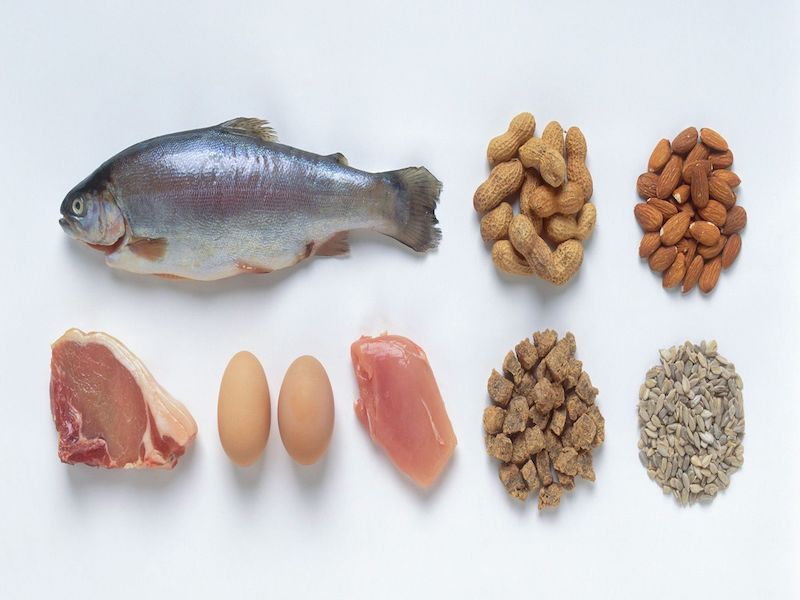
See more:
- Mayo Clinic Diet: Benefits and buying guide full and detailed
- Weight loss diet and the best modes you should try
- Mediterranean diet cookbook you must read once
Enhance brain function
Protein provides amino acids necessary for the production of neurotransmitters. At that time, brain function will be enhanced, increasing concentration, memory as well as the ability to learn.
Supports the immune system
Protein plays an important role in the production of antibodies and immune cells, which help the body fight disease and infection. A diet rich in protein can strengthen your immune system and help you maintain better health.
With the above benefits, we have seen the importance of maintaining a protein-rich diet for the body.
Top protein-rich foods you need to know
Protein sources from animals
- Lean meat: Lean meats such as chicken, beef, pork, and lamb are high-quality sources of protein, containing all the essential amino acids needed by the body.
- Fish: Fish is an excellent source of protein, rich in heart-healthy omega-3 fatty acids. Fish such as salmon, tuna, sardines, and cod are good choices.
- Eggs: Eggs are a cheap and nutritious source of protein, containing many important vitamins and minerals.
- Milk: Milk and dairy products such as fresh milk, condensed milk, and powdered milk. These foods provide large amounts of protein along with calcium and vitamin D.
- Yogurt: Yogurt is not only rich in protein but also contains probiotics, which help improve the digestive system and immune system.
- Cheese: Cheese is a rich source of protein and provides a lot of calcium, good for bones and teeth.
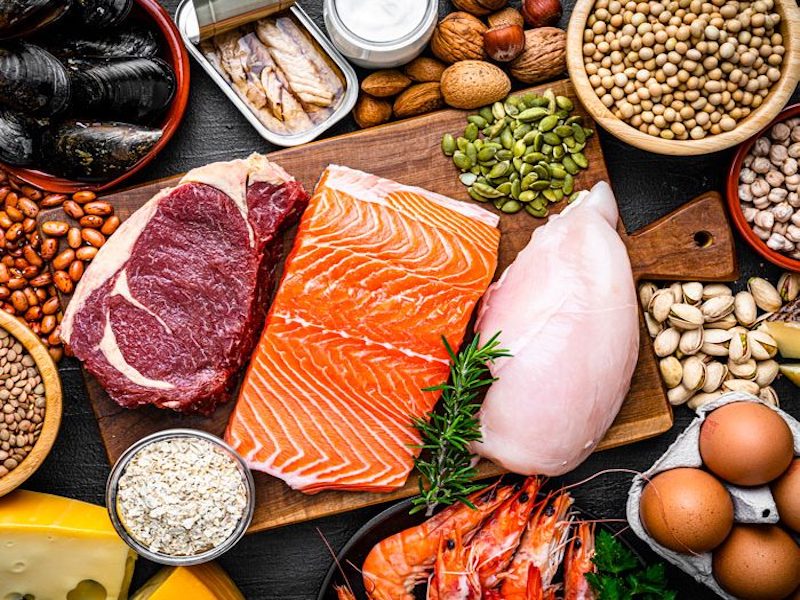
Protein sources from plants
- Beans: Beans such as black beans, red beans, green beans, and peas are good sources of protein and are rich in fiber and other nutrients.
- Seeds: Chia seeds, flax seeds, pumpkin seeds, cashews, and almonds provide high amounts of protein, fiber, and healthy fatty acids.
- Whole grains: Whole grains like quinoa, oats, barley and brown rice are not only rich in protein but also provide plenty of fiber and B vitamins.
- Vegetables: Some vegetables such as broccoli, spinach, and asparagus are higher in protein than other vegetables. They are also rich in vitamins and minerals, providing comprehensive nutrition.
These protein sources help you build a diverse and balanced diet, ensuring a full supply of essential nutrients for the body.
See more:
- The Mediterranean Diet Pyramid: The Secret to Health and Beauty
- Vegan Diet: Benefits, notes, and reference menu
- The DASH Diet: Benefits, how to apply it effectively and safely
Diet menu rich in protein
Breakfast
- Omelette: Omelette is a simple, quick, and protein-rich dish. You can combine it with vegetables like tomatoes, bell peppers and onions to enhance flavor and nutrition.
- Greek yogurt with fruit and granola: Greek yogurt is a good source of protein. Add fresh fruit like strawberries, blueberries, and granola for a delicious and nutritious breakfast.
- Lean burgers: Whole-wheat sandwiches sandwich chicken or lean beef, add lettuce, tomatoes, and a little sauce for a protein-rich and nutritionally balanced breakfast.
Lunch
- Chicken breast salad: Chicken breast salad with lettuce, tomatoes, cucumbers, avocado, and vinegar dressing. This dish is rich in protein and fiber, helping you feel full for a long time and providing energy for the afternoon.
- Grilled salmon with vegetables: Grilled salmon with vegetables such as broccoli, carrots, and potatoes. Salmon is a source of high-quality protein and is rich in omega-3, which is good for the heart.
- Lentil soup: Lentil soup is vegetarian but very rich in protein and fiber. You can add vegetables like carrots, celery, and onions to boost nutrition.
Dinner
- Stir-fried beef with broccoli: Stir-fried beef with broccoli, garlic and soy sauce. This dish is rich in protein and vitamins, easy to prepare, and very delicious.
- Braised tofu: Braised tofu with soy sauce, sugar, garlic, and chili. Tofu is a good source of vegetable protein and is suitable for vegetarians.
- Vermicelli with tofu and shrimp paste: Vermicelli with tofu and shrimp paste with fried tofu, vermicelli, raw vegetables, and shrimp paste. This traditional dish provides adequate protein from tofu and nutrition from raw vegetables.
Snack
- Nut milk: Almond milk, cashew milk, or soy milk are great options for snacks, providing protein and energy without being too heavy on the stomach.
- Nuts: Cashews, almonds, chia seeds, and pumpkin seeds are seeds rich in protein and healthy fats, helping you stay full for a long time and provide sustainable energy.
Conclusion
A high-protein diet plays an important role in maintaining muscle mass, supporting weight control, and promoting overall health. Incorporating protein-rich foods such as lean meat, fish, eggs, beans, and dairy into your daily meals can provide essential nutrients and energy.
If you have any questions, please comment below Evaworld’s article to update more useful knowledge.



